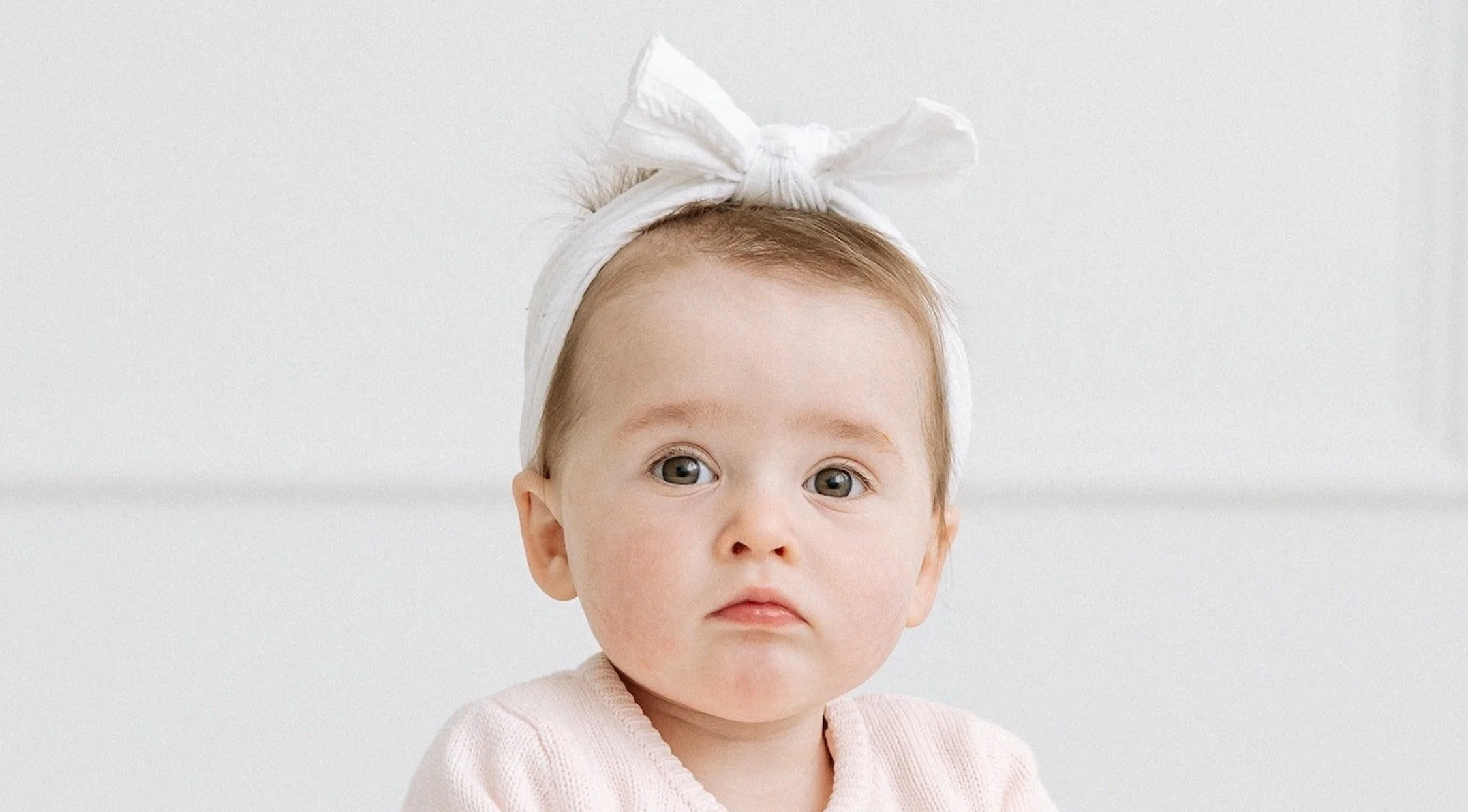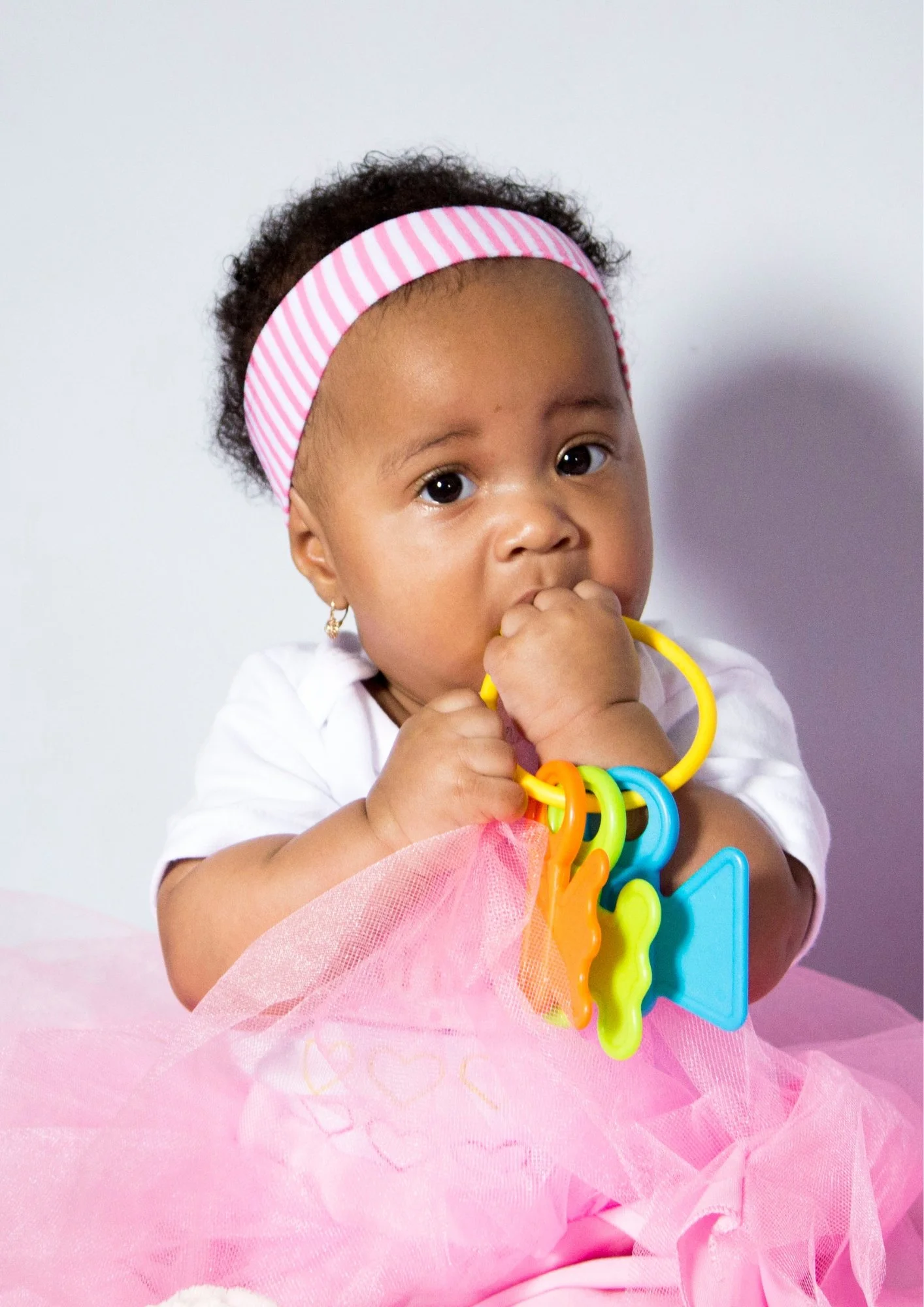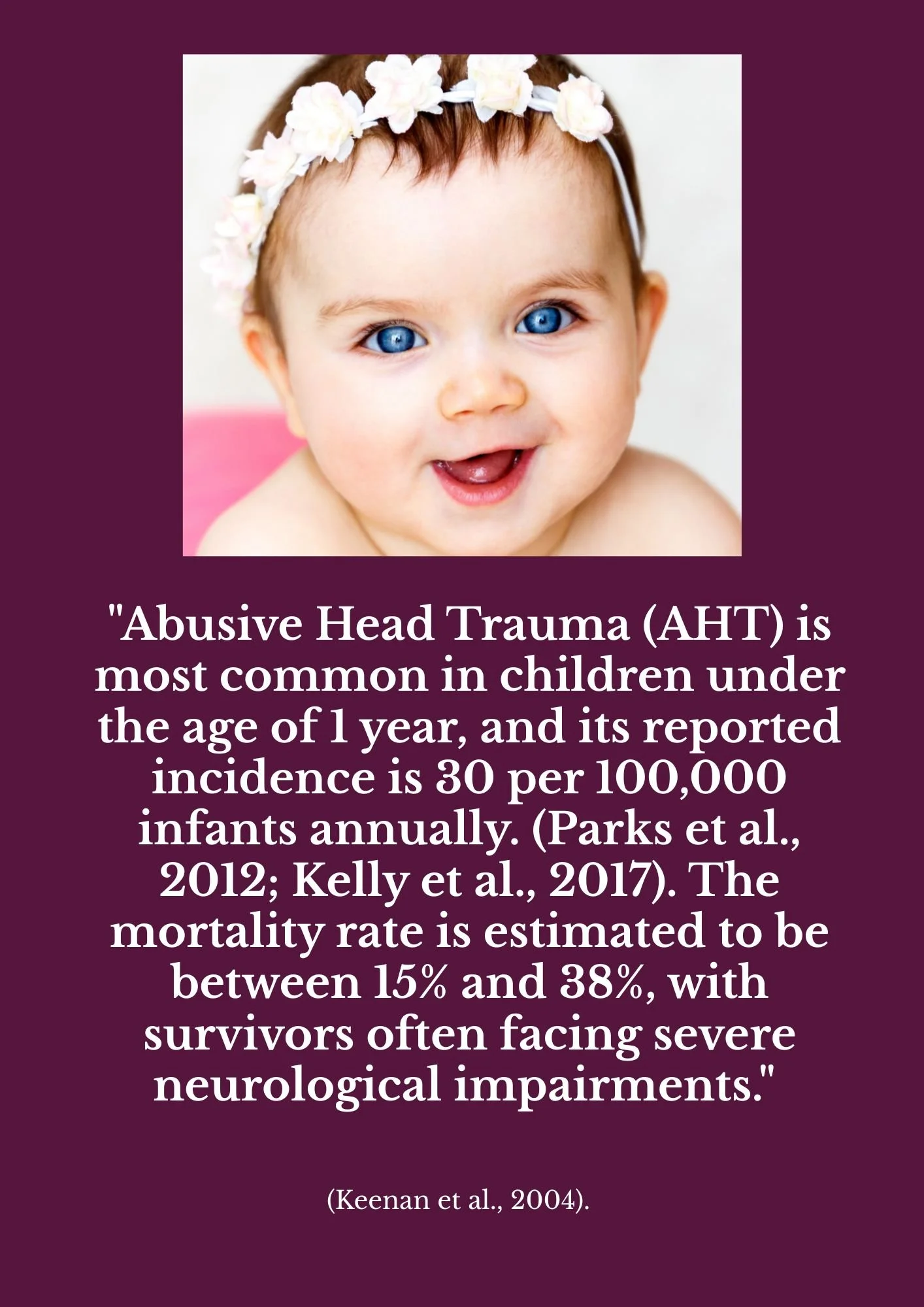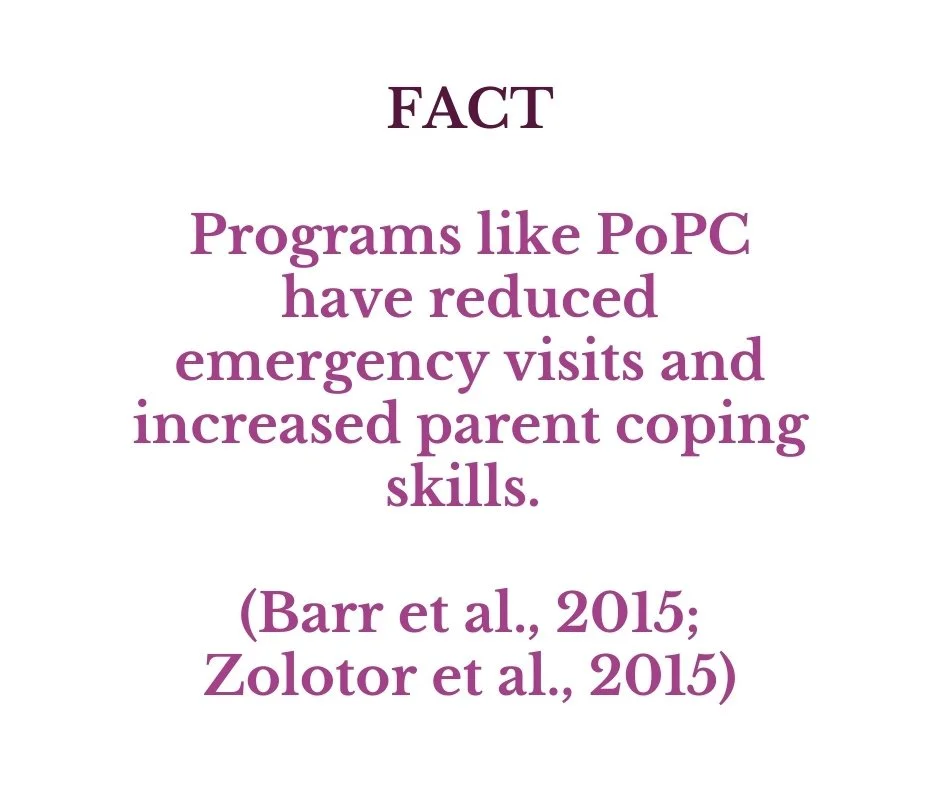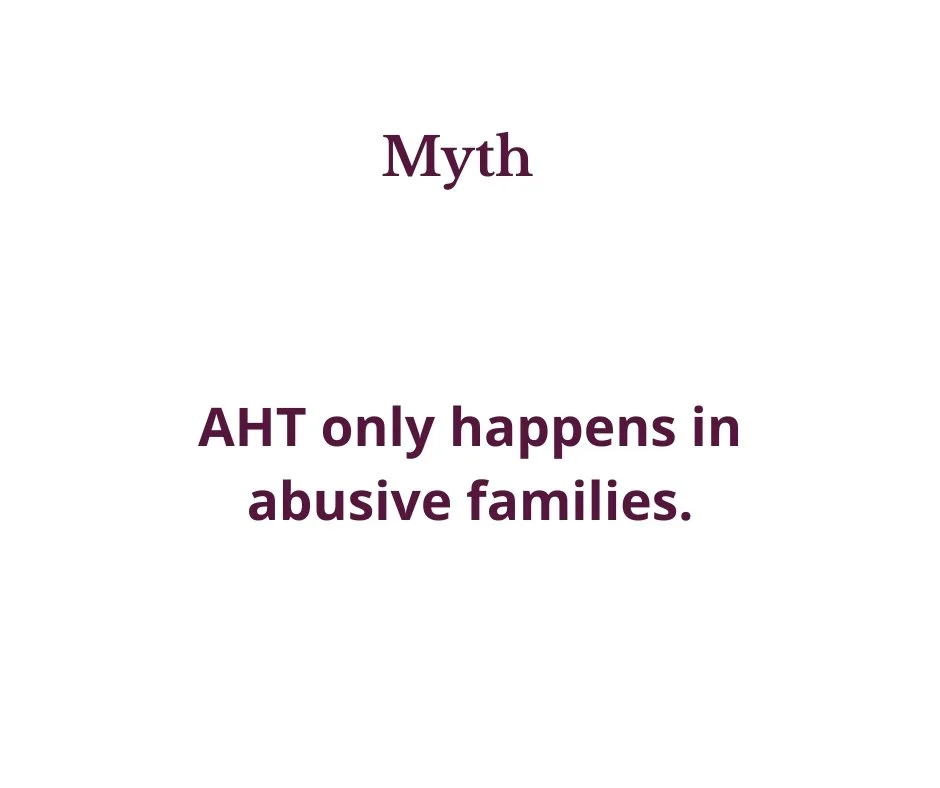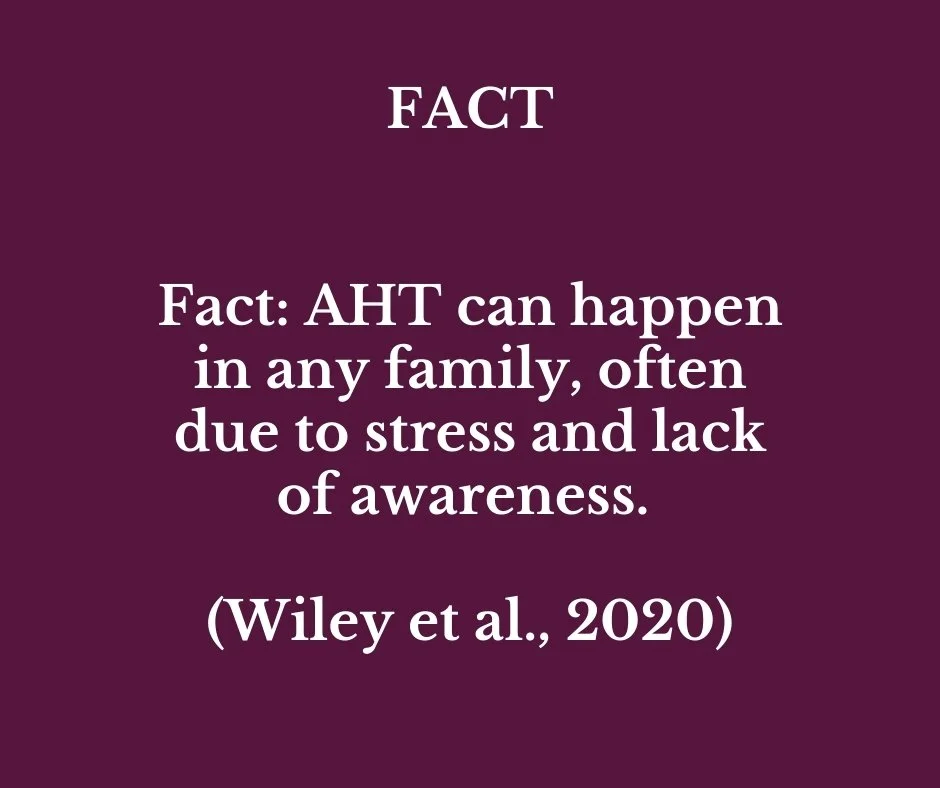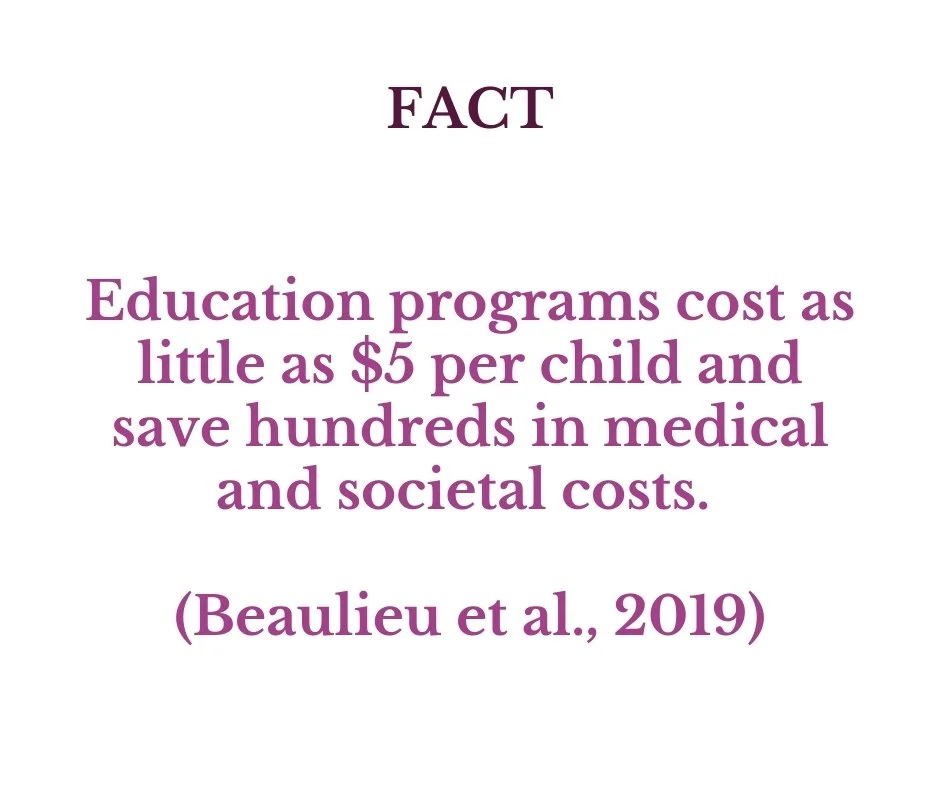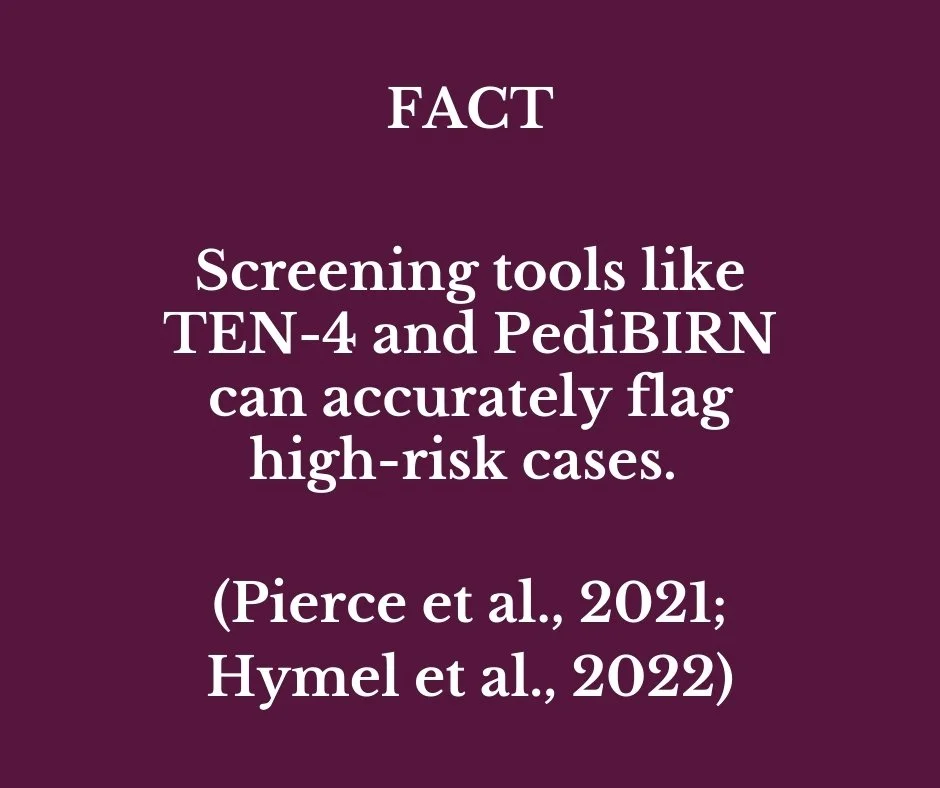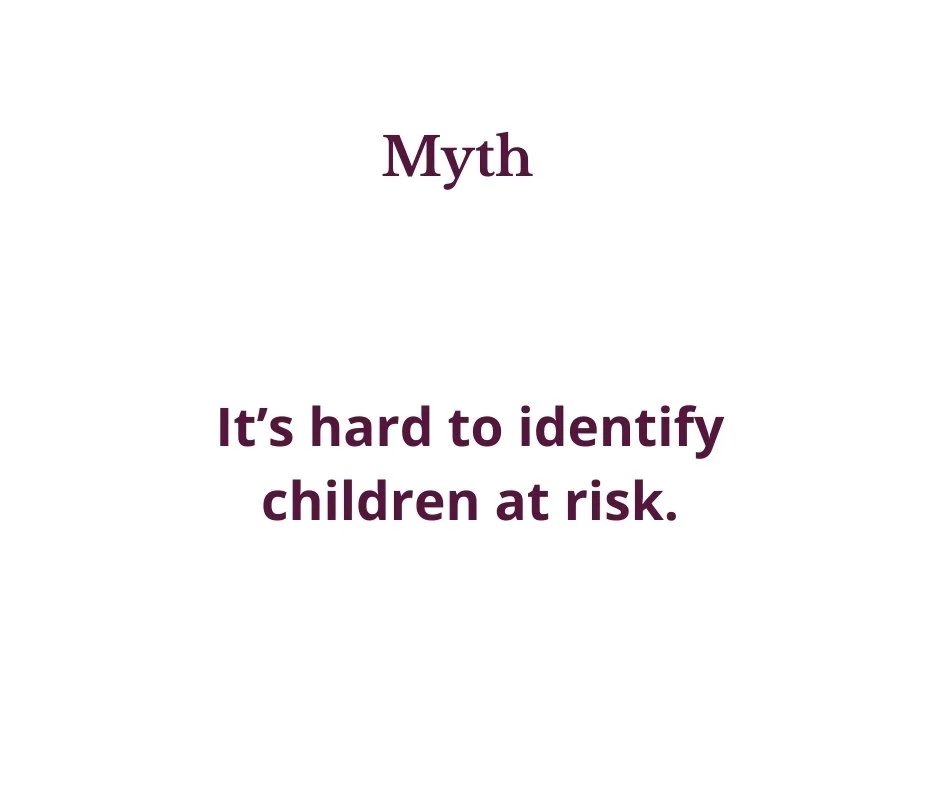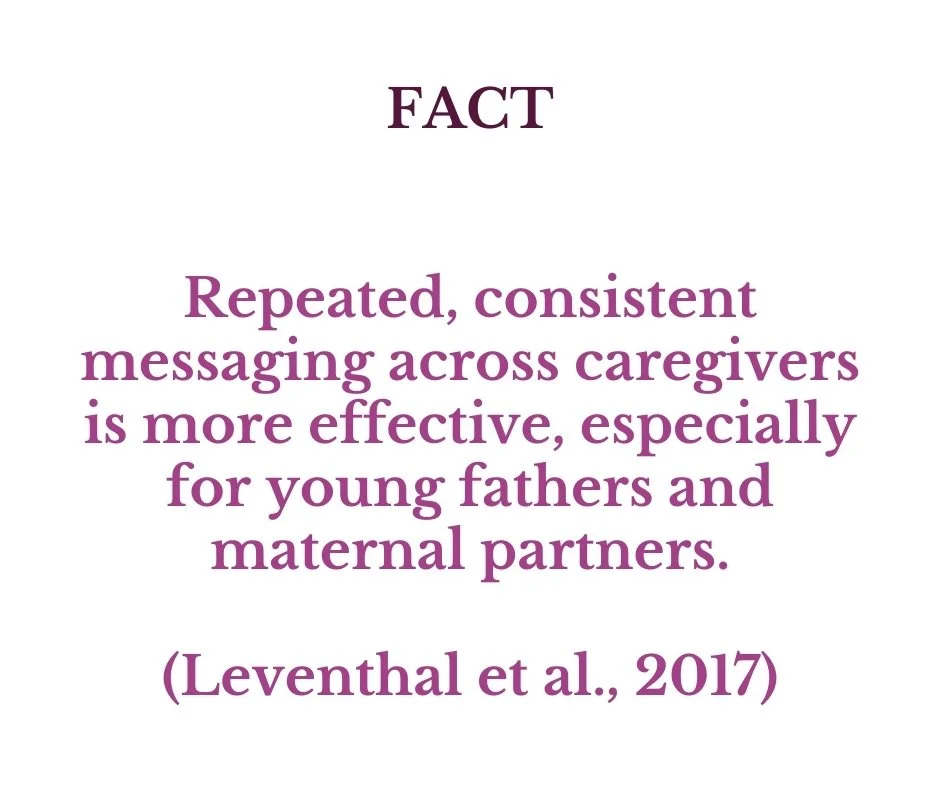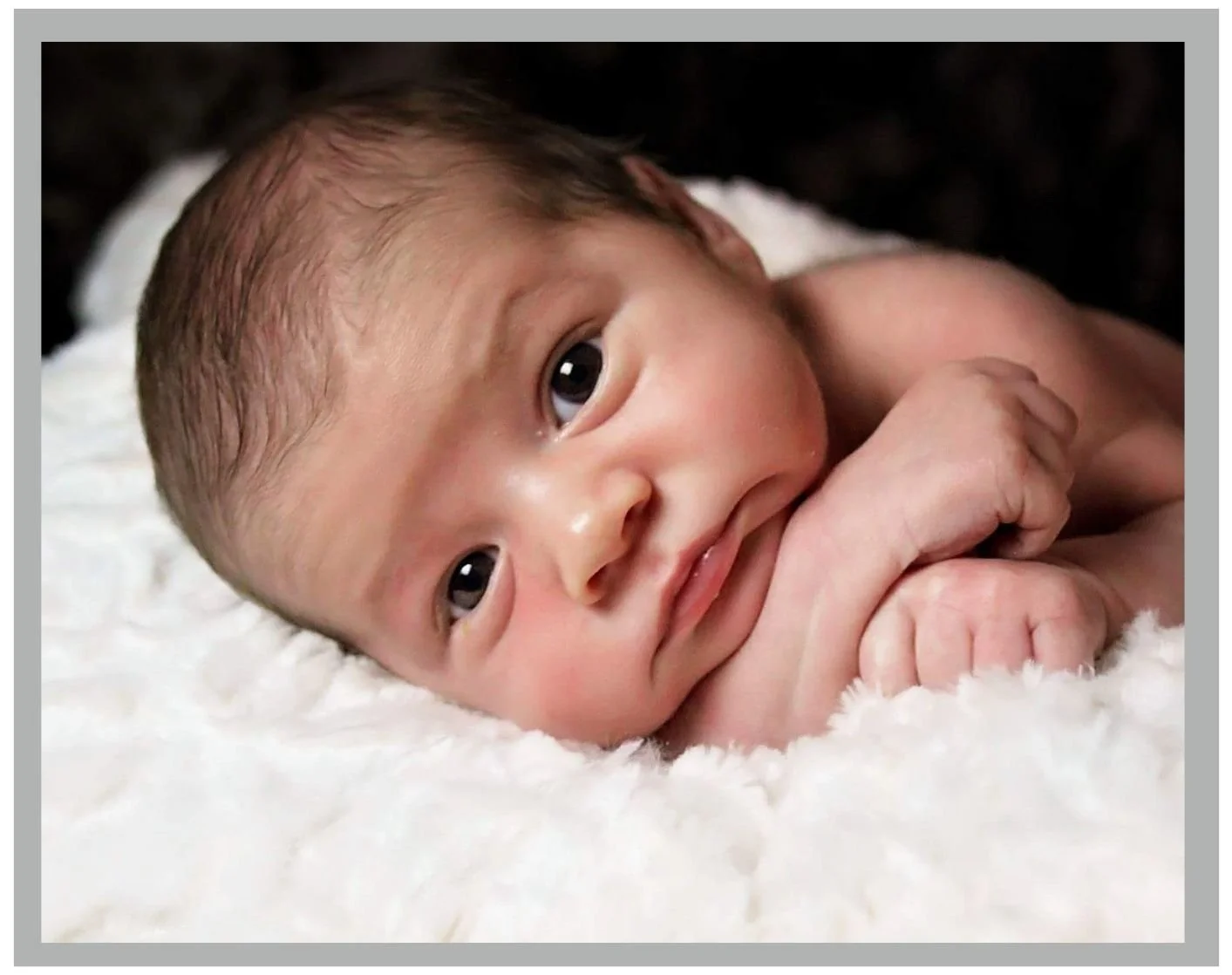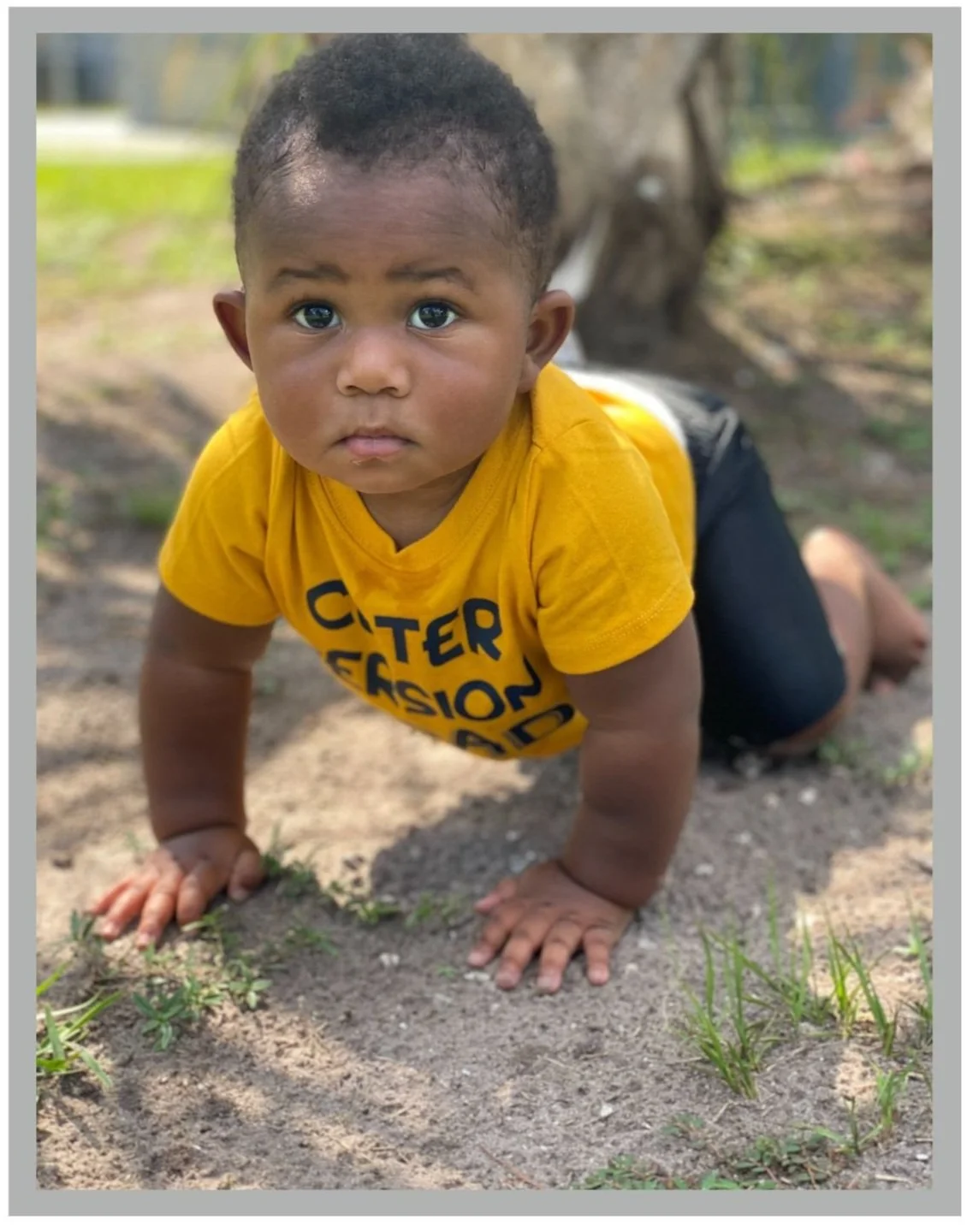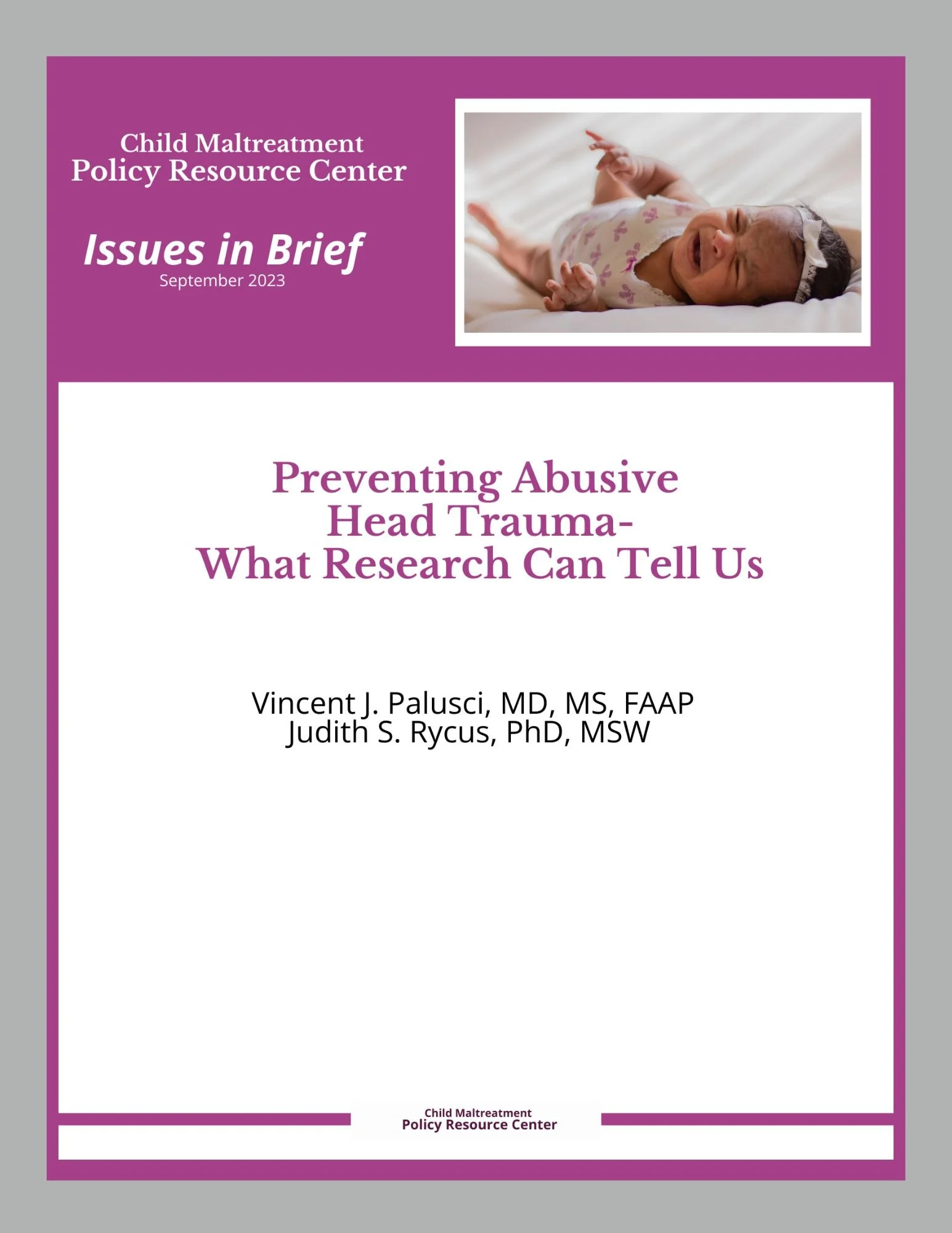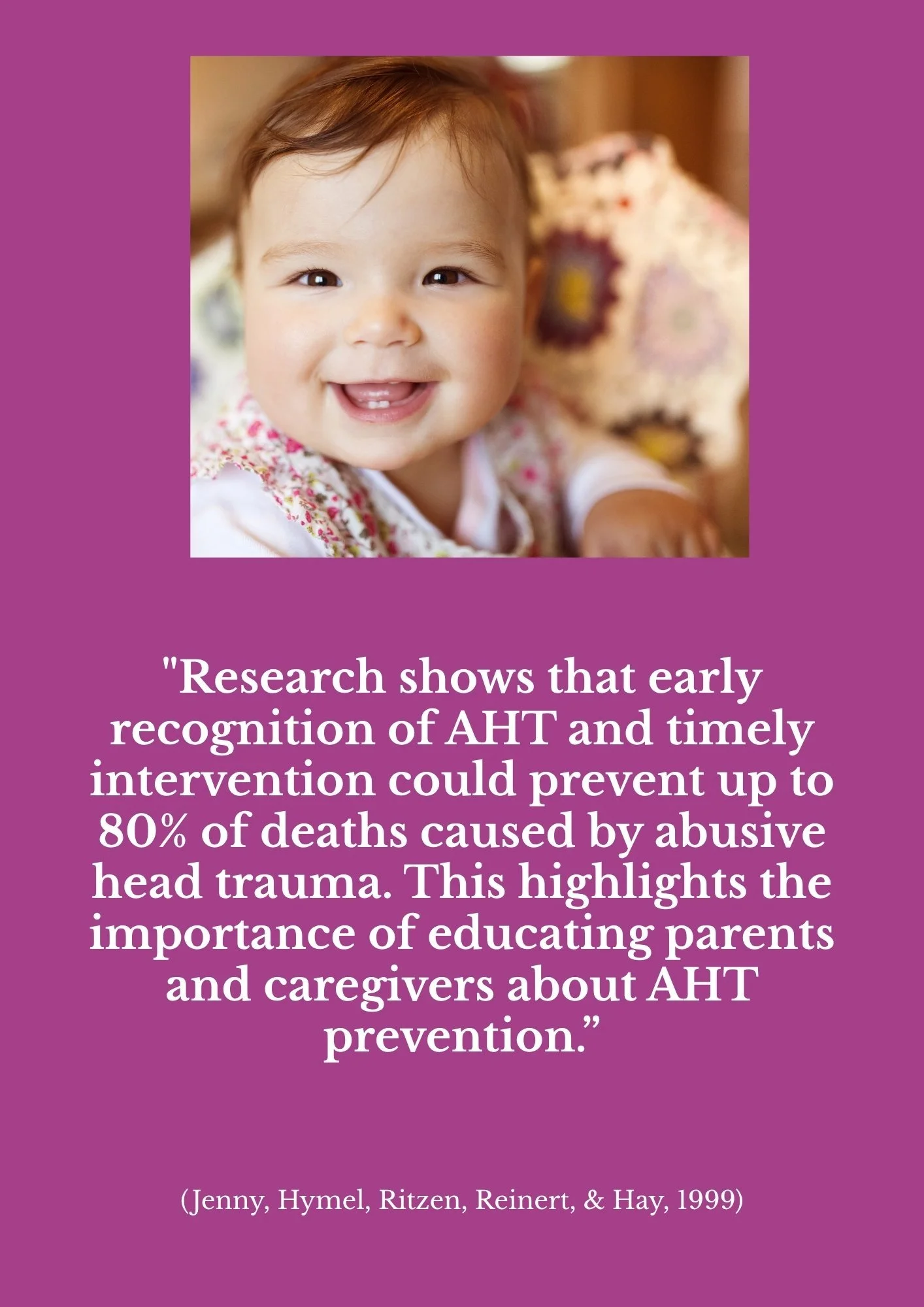Abusive Head Trauma
Abusive Head Trauma (AHT) is a severe head and/or neck injury from physical child abuse. It typically occurs when an infant is shaken or thrown against a hard surface, often in response to the baby’s continuous crying. AHT is the most common cause of severe injury and death from child abuse in children under the age of one.
Despite an increased scientific understanding of the causes and dynamics of AHT and improved ability to diagnose it, it is often difficult to achieve justice for child victims. Cases involving AHT are usually extremely complex and difficult to litigate for prosecutors who don’t fully understand the nature of the injury, the science behind it, and legal issues related to its prosecution. Courts have also become increasingly receptive to testimony provided by irresponsible expert witnesses who challenge the legitimacy of AHT diagnoses by providing misleading, misguided, and scientifically unsound testimony.
Preventing AHT before it ever occurs would be the optimal goal, and a number of programs have been developed to address it, but research on preventing severe child abuse like AHT is limited.
Below are links to resources to help prosecutors and other legal child welfare professionals be better prepared to litigate AHT cases. We also offer resources describing the current state of prevention of this most severe form of child abuse.
Understanding the Issue
-
AHT involves brain and bodily injuries caused by violent shaking or blunt impact. It is most common in children under one year old and can result in lifelong disabilities or death.
-
The most common trigger is a caregiver's response to prolonged infant crying, often combined with a lack of knowledge or impulse control.
-
Yes. Parent education programs, especially those focused on managing crying, have been shown to increase awareness and reduce shaking behaviors. Home visiting and hospital-based education are effective when implemented consistently.
-
It’s a widely researched program that teaches parents about normal infant crying patterns and coping strategies. Studies show it improves caregiver knowledge and reduces stress responses.
-
Not always. Missed warning signs are common. Training in clinical screening tools and risk factors improves detection and timely protection.
Myths and Facts
Hover over each box to reveal answer
Policy Reports
Amicus Briefs
PEOPLE OF THE STATE OF MICHIGAN, Plaintiff-Appellee,
v.
MILTON LEE LEMONS, Defendant-Appellant.
Publications
Issues in Brief
Preventing Abusive Head Trauma: What Research Can Tell Us
Abusive Head Trauma (AHT) is the leading cause of child abuse-related death, particularly in infants under one year of age. Despite extensive prevention efforts, AHT remains underreported and misunderstood. This research synthesis highlights three critical pathways for prevention: (1) educating parents on managing infant crying and the dangers of shaking, (2) strengthening professional training and practices, and (3) leveraging social and community supports.
Programs like the Period of PURPLE Crying® (PoPC) show promise in improving parent responses and reducing stress-related injury. However, research also points to the need for multi-layered strategies that include targeted education, universal outreach, timely interventions, and policy solutions such as paid family leave. With improved understanding and implementation, we can reduce the incidence and lifetime costs of AHT and promote safer outcomes for children and families.
Calls to Action
Advocating for Change
-
Understand that persistent infant crying is normal, especially in the first few months.
Never shake a baby—shaking can cause permanent brain damage or death.
Use coping strategies such as placing the baby in a safe place and taking a short break, or calling a friend or support line for help.
Ask your pediatrician, hospital, or community center about parenting classes, home visitation services, or local crisis hotlines.
-
Provide clear, consistent education to parents on the dangers of shaking and how to manage infant crying.
Incorporate AHT prevention messaging into routine care and discharge planning.
Distribute prevention materials and encourage parents to sign acknowledgments affirming their understanding and commitment.
Refer families to support services, including mental health care, hotlines, and parenting resources.
-
Ensure all birthing facilities provide AHT prevention education before discharge, including videos or printed materials.
Consider implementing signed acknowledgment programs as part of your prevention strategy.
Partner with community agencies to connect families with follow-up resources, such as home visitation or parenting classes.
-
Launch public service announcements to raise awareness about the risks of shaking and normalize infant crying.
Include all caregivers—fathers, grandparents, babysitters, and partners—in prevention outreach and messaging.
Promote accessible parenting resources at libraries, schools, and family resource centers.
-
Fund universal caregiver education programs and expand access to evidence-based home visitation services.
Support paid family leave and accessible, high-quality childcare to reduce caregiver stress.
Invest in mental health, housing, and income support programs to address root causes of family stress and risk.
Advance consistent implementation of hospital-based and community-led AHT prevention strategies across regions.
Contributors
Authors
Paul Stern, JD
Prosecuting Attorney,
Snohomish County Prosecutor's Office
Vincent J. Palusci, MD
Professor, Department of Pediatrics
NYU Grossman School of Medicine
Senior Policy Analyst
Child Maltreatment Policy Resource Center
Frank Vandervort, JD
Clinical Profession of Law,
University of Michigan Law School
Senior Policy Analyst
Child Maltreatment Policy Resource Center
Ronald C. Hughes, PhD, MSSA
Executive Director, Senior Policy Analyst
Child Maltreatment Policy Resource Center
Institute for Human Services
Judith S. Rycus, PhD, MSW
Program Director, Senior Policy Analyst,
Child Maltratment Policy Resource Center
Institute for Human Services
Robert Parrish, JD
Professor of Fundamentals of Lawyering,
George Washington University School of Law
Debangshu Roygardner, PhD
Adjunct Assistant Professor of Psychology
CUNY School of Professional Studies
New York, NY
Kelli N. Hughes, JD
Managing Attorney, Ohio Public Defender
Senior Policy Analyst, Child Maltreatment
Policy Resource Center
Advisors
Elaine S. Cabinum Foeller, MD
Associate Professor of Pediatrics,
East Carolina University Brody School of Medicine
Marcella M. Donaruma-Kwoh, MD
Associate Professor of Pediatrics,
Baylor College of Medicine
Tricia Gardner, JD
Associate Professor of Pediatrics & Directors of
Professional Education Center on Child Abuse and Neglect
and Neglect, University of Oklahoma
Health Sciences Center
Richard Krugman, MD
Distinguished Professor,
University of Colorado School of Medicine
Bethany Mohr, MD, FAAP
Clinical Associate Professor, Department
of Pediatrics, C.S. Mott Children's Hospital,
University of Michigan Medical Director,
Michigan Medicine Child Protection Team

